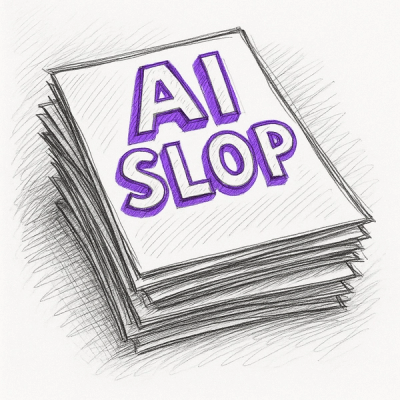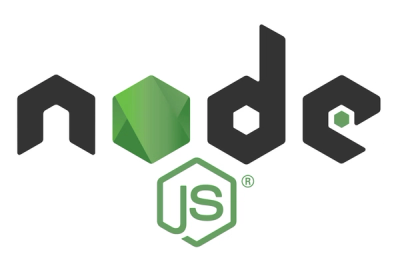
Security News
Django Joins curl in Pushing Back on AI Slop Security Reports
Django has updated its security policies to reject AI-generated vulnerability reports that include fabricated or unverifiable content.
Impression - The CMS For Email ##############################
.. image:: https://travis-ci.org/gregschmit/django-impression.svg?branch=master :alt: TravisCI :target: https://travis-ci.org/gregschmit/django-impression
.. image:: https://img.shields.io/pypi/v/django-impression :alt: PyPI :target: https://pypi.org/project/django-impression/
.. image:: https://coveralls.io/repos/github/gregschmit/django-impression/badge.svg?branch=master :alt: Coverage :target: https://coveralls.io/github/gregschmit/django-impression?branch=master
.. image:: https://img.shields.io/badge/code%20style-black-000000.svg :alt: Code Style :target: https://github.com/ambv/black
Source: https://github.com/gregschmit/django-impression
PyPI: https://pypi.org/project/django-impression/
Django Impression is a reusable Django app that provides you with the ability to edit your email templates in a web interface and configure distribution lists if you don't have them configured on your email provider. It also implements a RESTful API so any other web applications you have in your ecosystem can send consistent-looking emails.
The Problem: Email lists and templates for Django projects and other web applications are often kept in source control, requiring developers to edit code when, for example, your marketing guru wants to tweak the layout of one of your emails. They may not want to sift through your backend code to make such changes. Even if they do, you may want to have your email templates accessible over an API so all of your organization's email templates can be centralized.
The Solution: Impression provides the ability to separate your email template system
from your source code, by building email templates as model instances. You can still use
file-based templates if you would like, and the model templates can even
{% extend %} those file-based templates. This allows email templates to be modified
in the admin UI by a wider variety of users; not just those who have access to your
source code. Impression also exposes a REST API endpoint for sending emails from other
web applications, with easy-to-configure access controls. This makes it easier to
centralize your email brand and keep things looking awesome and consistent. You can run
Impression in an existing project, or you can run it standalone by itself (e.g.,
impression.example.com).
Key Features:
Architectures #############
There are a few ways to integrate Impression into an environment:
Standalone: Impression can be run from a system to serve RESTful requests from your web applications. As long as you use HTTPS, this can be done across the internet. Here are some use cases:
Integrated: Impression can be mixed in with an existing Django project. A use case could be:
CodeMirror <https://codemirror.net>_,
they can quickly develop email templates and deploy them without involving the
development team.Installation ############
.. code-block:: shell
$ pip install django-impression
Configuration
Whether you are going to run Impression from your existing project locally, or whether you are going to integrate your existing project with a standalone Impression system affects how you should configure the settings.
There are 2 configuration schemes:
Add impression to your INSTALLED_APPS, run migrations, and configure some
settings:
.. code-block:: python
# This should be your *actual* email backend.
IMPRESSION_EMAIL_BACKEND = "django.core.mail.backends.smtp.EmailBackend"
# this is configured to pass emails to Impression.
EMAIL_BACKEND = "impression.backends.LocalEmailBackend"
To hook the API endpoint /api/send_message into your project for remote systems,
just add this entry to your URL dispatcher's urlpatterns list:
.. code-block:: python
path("api/", include("impression.api.urls")), # includes the send_message endpoint
For remote systems that will talk to your Impression server over the REST API, use the
Impression Client <https://github.com/gregschmit/django-impression-client>_.
Installing as Standalone System
It's a very good idea to setup a dedicated Django application on a server for your organization (then all of your apps can use that system remotely).
To make things really easy, if you have a Docker or Virtual environment, or just wish to
spin Impression up on it's own server, you can check out
ImpressionOS <https://github.com/gregschmit/impression_os>_ to deploy Impression as
a standalone system. That project provides the ability to configure everything about the
system in the Admin UI, and even configure Let's Encrypt certificates to ensure your
email API is secure.
Model Configuration ###################
To get familiar with Impression models, here is a quick guide on which models to visit first, in order:
EmailAddress model): You should create email addresses for
the email that you will be sending from.Service model): You should create at least one "default" service.
If you permit users to specify the emails that they send to (only for trusted
systems!), then those emails will be created on the fly when those messages are
created.Template model): Go ahead and create a template that adds a
footer. Ensure you add {{ body }} somewhere in the body, and {{ subject }} in
the subject and the subject/body of the email request will be inserted there. You can
then hook it into your Service by editing your service and selecting it under the
template field. If you're feeling adventurous, you can use an email template from
Bootstrap <https://bootstrapemail.com>_ or
Foundation <https://foundation.zurb.com/emails.html>_.send_mail, and remote systems can
use send_mail to reach your Impression server, provided they have followed the
configuration instructions above.Tests
.. code-block:: shell
$ python manage.py test
FAQs
CMS for email; admin UI, API, and permissions for email templates.
We found that django-impression demonstrated a healthy version release cadence and project activity because the last version was released less than a year ago. It has 1 open source maintainer collaborating on the project.
Did you know?

Socket for GitHub automatically highlights issues in each pull request and monitors the health of all your open source dependencies. Discover the contents of your packages and block harmful activity before you install or update your dependencies.

Security News
Django has updated its security policies to reject AI-generated vulnerability reports that include fabricated or unverifiable content.

Security News
ECMAScript 2025 introduces Iterator Helpers, Set methods, JSON modules, and more in its latest spec update approved by Ecma in June 2025.

Security News
A new Node.js homepage button linking to paid support for EOL versions has sparked a heated discussion among contributors and the wider community.